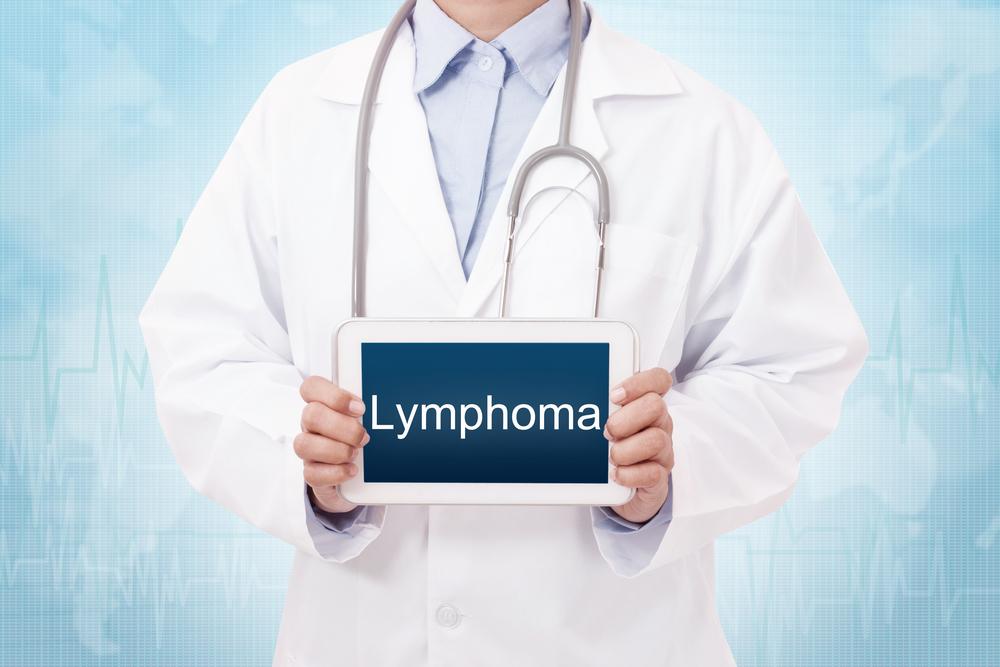Understanding B-Cell Lymphoma: Stages and Treatment Strategies
Explore the stages of B-cell lymphoma and the latest treatment options. Early diagnosis and personalized therapy can significantly improve survival rates. Learn about symptoms, diagnosis procedures, and effective treatment strategies from expert oncologists for better management of this lymphatic cancer.

Understanding B-Cell Lymphoma: Stages and Treatment Strategies
Lymphatic system cancers include lymphoma, with B-cell lymphoma, also known as Non-Hodgkin's lymphoma, being a common subtype. It develops from abnormal lymphocytes that cease to die and multiply uncontrollably within lymph nodes, causing swelling. The prognosis and survival chances depend on the disease's stage at diagnosis and chosen treatment options.
Diagnosis of B-cell lymphoma
Swollen, painless lymph nodes—especially in the neck and armpits—are typical signs. Symptoms may also include unexplained weight loss and loss of appetite. Diagnosing involves biopsy, bone marrow tests, and advanced techniques like flow cytometry and immunohistochemistry. Additional tests like paracentesis or thoracentesis help determine the extent of spread, influencing survival estimates.
Understanding the cancer's stage guides treatment strategies to improve survival. Consulting an oncologist is essential for accurate staging and personalized therapy.
Stages I & II—Limited to lymph nodes on one side of the diaphragm, these stages indicate localized disease, with better prognosis. Treatment typically involves 2-3 sessions of radiotherapy or chemotherapy aimed at shrinking tumors and preventing progression, depending on disease extent and response.
Stages III & IV—Representing advanced disease, these stages involve widespread lymph node involvement and spread to organs like bone marrow, liver, and lungs. These stages have lower survival rates and require aggressive treatment combining chemotherapy, radiotherapy, and immunotherapy to boost immune response and manage recurrence risks.
Note: Always discuss with an oncologist for accurate staging and tailored treatment options. The information provided is for educational purposes and should not replace professional medical advice.










